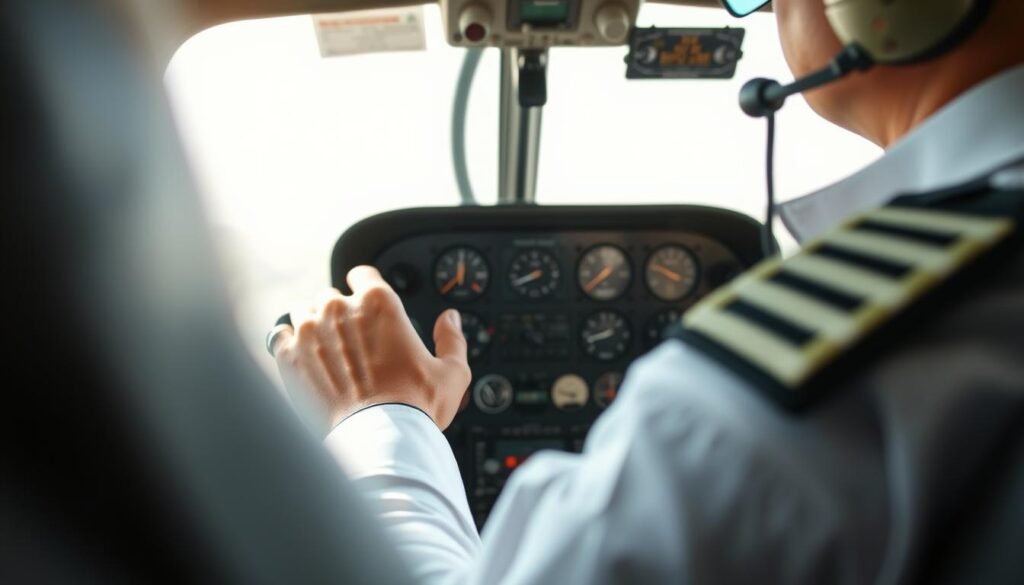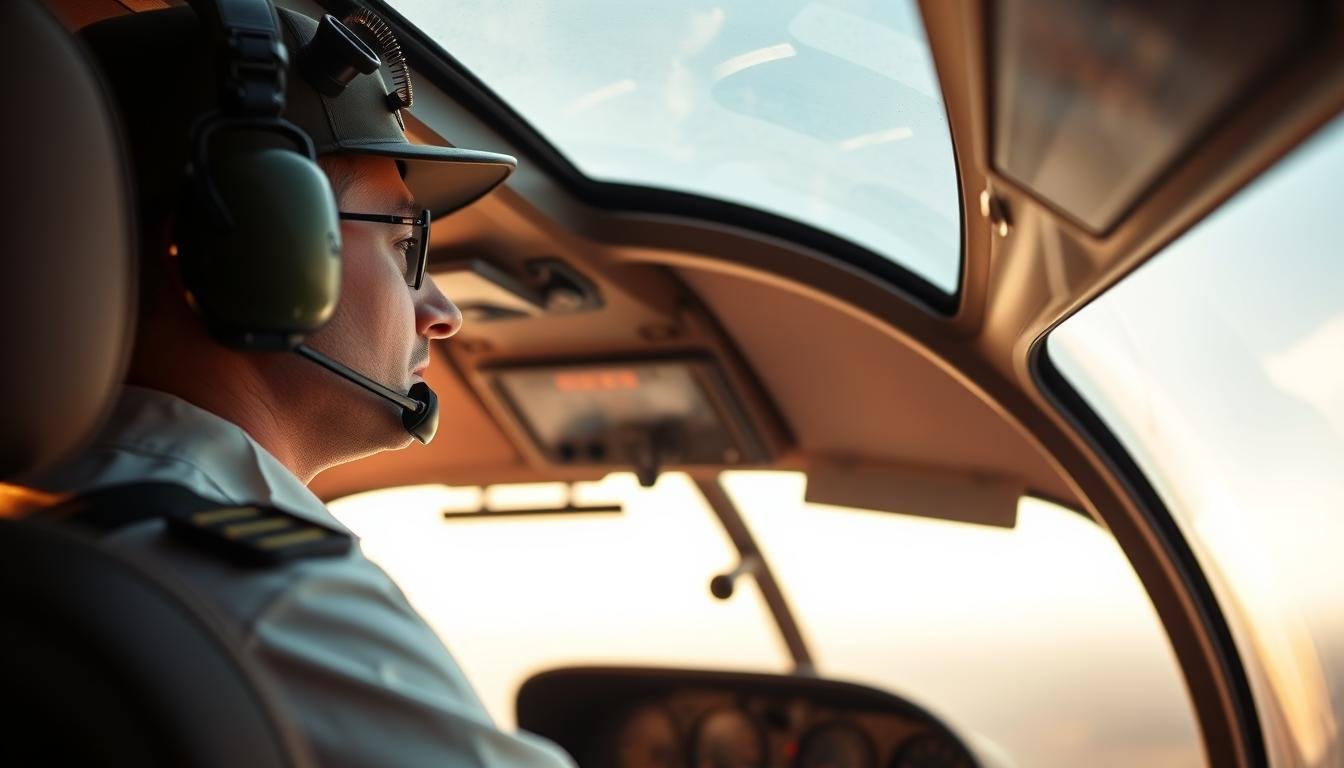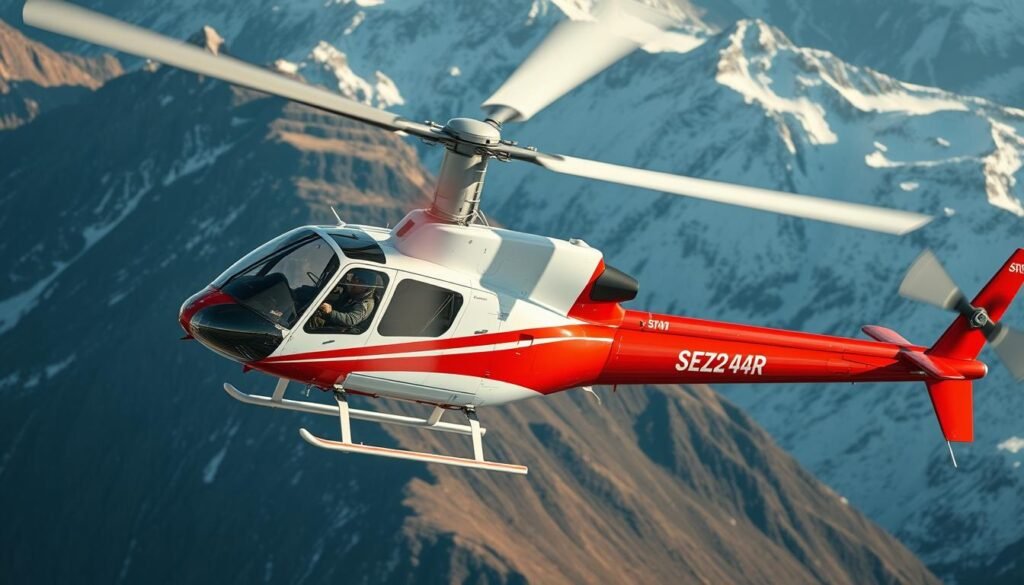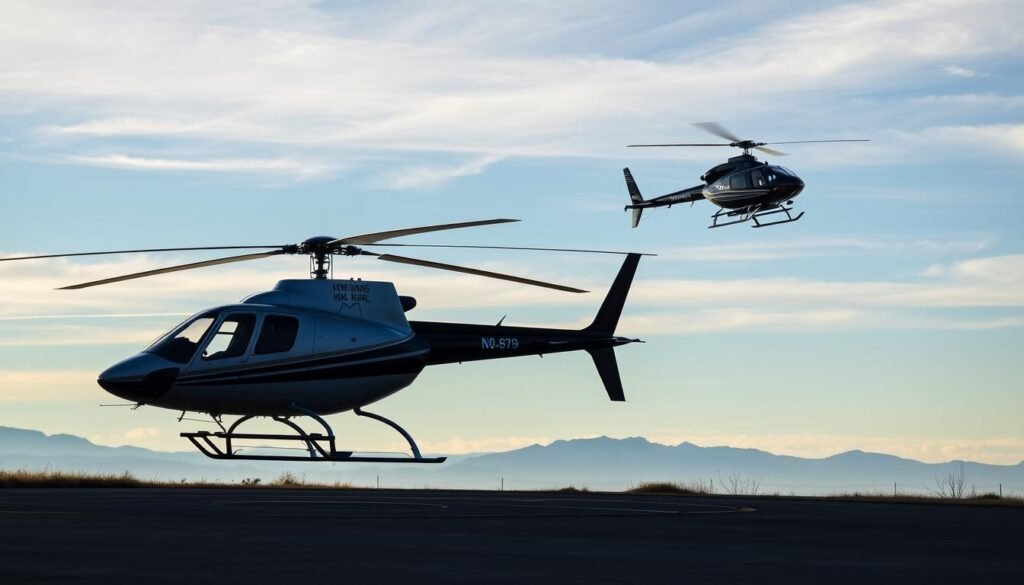This introduction defines the full scope of current compensation for rotorcraft professionals in the United States and sets expectations for hourly, monthly, and annual figures today.
As of July 2024, annual outcomes range widely—about $71,500 to $218,905—depending on type and experience. Civilian operators average near $100,249 per year, or roughly $48.20 per hour. Other data sources report U.S. means from about $106,617 to total-pay estimates that exceed base in high-cost states.
The guide explains how hourly flight hours, especially Pilot-in-Command time, drive eligibility for higher-paying work. It contrasts civilian and military pay, and notes that EMS, offshore, charter, and instructional tracks all produce different ranges.
Readers will get clear, data-driven benchmarks, plus a primer on base versus total compensation so a professional pilot or aspiring candidate can compare offers and plan a career path with confidence.
Key Takeaways
- Annual ranges (2024): roughly $71.5K–$219K depending on role and experience.
- Civilian average ≈ $100,249; hourly average ≈ $48.20.
- Flight hours and command time directly affect pay and opportunities.
- EMS and specialized tracks can start lower but reach six figures with experience.
- Total pay often exceeds base due to bonuses, overtime, and region-specific premiums.
For a full breakdown of helicopter pilot roles across sectors, see our Helicopter Pilot Pay Guide.
Helicopter Pilot Salary At A Glance: Current U.S. Pay Benchmarks
Mid‑2024 U.S. benchmarks show wide pay bands across rotary‑wing roles, driven by duty type, location, and hours.
National baseline: Salary.com reports an average of $106,617, with a range of $90,430–$137,053. These figures reflect varying experience levels, aircraft types, and mission profiles across operators.
Civilian benchmark: Aggregated data places the civilian mean near $100,249 yearly—roughly $48.20 per hour when typical flying schedules are applied. For a deeper comparison between military and civilian pay structures, see Army vs. Civilian Helicopter Pilot Salaries: What You’ll Earn in Each Path.
Verified ranges and quick comparisons
- Private operations: most earn $90,000–$112,000; top roles reach about $117,000.
- Military: compensation varies by city and assignment; some postings push total value above $120,000.
- EMS track: starts near $60,000–$70,000 and can reach up to $150,000 with seniority and night/on‑call work.
- Regional example (Florida): Glassdoor shows an average base of $129,874 plus $78,753 additional pay, totaling roughly $208,627.
Interpretation: “Salary” figures usually report base cash pay. Total pay adds overtime, bonuses, per‑diem, and profit share. Experience, years in role, certifications, and aircraft type are the main factors that move a professional from the lower quartile toward the upper quartile of these ranges.
Monthly earnings will track seasonal demand and scheduled hours, so short‑term swings are common even when annual benchmarks stay steady. For a deeper career‑stage breakdown see the full guide on helicopter pilot salary expectations.
How Much Do Helicopter Pilots Make Per Hour, Month, And Year?
What a rotorcraft operator earns per hour, month, and year ties directly to flight time, on‑call status, and role. Below are realistic benchmarks and how those figures map to monthly pay for different tracks.

Helicopter Pilot Hourly Pay And Flight-Hour Compensation
Hourly: Use the civilian benchmark of about $48.20 per hour as a practical reference point. Actual rates fluctuate with operator, region, and scheduling—especially in sectors like leisure, offshore, and EMS.
Flight-hour compensation often includes base pay plus add-ons or guaranteed minimums. That means total monthly income depends on hours flown, on-call duty, and overtime opportunities. For example, tour and charter helicopter pilot pay often reflects seasonal demand and flight-hour guarantees, offering a different compensation model than EMS or law enforcement roles.
Monthly Helicopter Pilot Earnings By Role And Experience
Convert hourly benchmarks into monthly estimates by applying realistic schedules. A 40–80 flight-hour month at $48.20 yields roughly $1,928–$3,856 before extras.
Entry EMS crews starting near $60K–$70K annually often see monthly pay rise with night shifts, standby premiums, and mission complexity. Experienced private and civilian crews near $100K+ typically track higher monthly take-home, especially in sectors like corporate and offshore helicopter operations where compensation reflects business-critical missions and extended deployments.
Annual Rotorcraft Salary: Private, Civilian, And Specialized Tracks
Annual bands: Private roles commonly fall between $90,000 and $112,000 (tops to about $117,000). Civilian averages center near $100,249. Salary.com reports a U.S. range of $90,430–$137,053.
EMS operators can start around $60K–$70K and climb to $150,000 with seniority and extra shifts. Regional examples show how additional pay—bonuses or profit share—can push total compensation well above base; see the Florida case that yields roughly $208,627 total.
- Experience effects: Turbine time, IFR, and mission qualifications move crews toward upper bands.
- Training: Targeted proficiencies (NVG, EMS) unlock higher hourly rates and annual gains.
- Career planning: Align desired monthly income with a role’s schedule and seasonality.
For further benchmarks and a detailed breakdown by position, consult this resource on helicopter pilot pay benchmarks.
Civilian Vs Military Helicopter Pay: What Pilots Earn Today
Civilian and service pathways reward different mixes of base pay, benefits, and mission add‑ons. Comparing them requires focusing on flight‑hour compensation and total pay, not just base figures.

Civilian Pay: Averages, Ranges, and Total Compensation
Civilian crews average about $100,249 per year, roughly $48.20 per hour. Salary.com places the U.S. mean near $106,617, with a typical range of $90,430–$137,053 depending on experience, aircraft type, and mission profile.
Total compensation often outpaces base pay. Bonuses, overtime, standby premiums, and profit share can push annual totals much higher—the Florida example shows base pay near $129,874 plus $78,753 in extras for a total above $208,000. In high-risk sectors like firefighting and rescue aviation, compensation reflects both mission intensity and operational demands, often exceeding standard civilian benchmarks.
Military Pay: City Variation and Career Progression
Uniformed service members see pay vary by duty station and assignment. Some locations and billets yield total value above $120,000 when housing allowances, flight pay, and retirement benefits are counted.
The military path provides structured increases tied to rank and years in service, with long-term benefits and pension eligibility shaping total compensation. For a closer look at how part-time service compares to active duty, see National Guard Helicopter Pilot Pay: What You’ll Earn Serving Stateside.
Highest Paying Roles: EMS and Flight Instructors
EMS roles often occupy the top tier of helicopter pilot compensation. Entry-level crews start around $60,000–$70,000 and can reach up to $150,000 with night shifts, seniority, and mission complexity. For a deeper look at life-saving aviation pay structures, see EMS & Medevac Helicopter Pilot Salaries: What Life-Saving Roles Pay.
Flight instructors typically earn steady income while building hours—many average about $66,000 annually before transitioning into turbine or EMS roles. For a breakdown of instructor compensation and career trajectory, visit Instructor Pay for Helicopter Pilots: Teaching the Next Generation.
Role impact: Utility, offshore, and emergency missions command higher pay due to risk and scheduling intensity.
Location matters: Regional demand and cost of living shape both base and extra compensation.
Hours and mission: On-call duty, night operations, and PIC time directly affect monthly earnings.
What Drives Pay: Experience, Skills, Location, And Flight Hours
Earnings rise most predictably with verified hours, specialized training, and time in service. These three inputs shape access to higher‑paying roles and are visible on a resume or logbook.

Key Factors Affecting Pay: Years, Certifications, And Type Of Flying
Years of service and turbine time move a candidate from entry levels toward upper bands. Salary.com data shows education and certifications materially affect national averages near $106,617.
Targeted training—IFR, NVG, hoist, and EMS procedures—unlocks missions that pay more. Instructors often earn steady income while building hours that lead to better jobs in EMS or offshore work. For example, offshore charter pilots at Bristow see compensation shaped by aircraft type, deployment schedules, and mission complexity.
Compensation Linked To Flight Hours: PIC Time, Training Paths, And Career Steps
Compensation tracks logged flight hours, especially PIC time. Operators value documented command time when hiring for turbine and multi‑crew roles.
| Factor | How it Helps | Typical Impact | Next Step |
|---|---|---|---|
| Years & experience | More turbine/IFR time | Move toward $120K–$137K+ | Seek line ops |
| Certifications & training | Eligible for specialized missions | Higher hourly rates | Complete NVG/EMS courses |
| Location & type | Market premiums or crowded supply | Regional variance in pay | Target high‑demand regions |
Career moves—school choices that offer CFI pipelines and jobs that reward PIC—shorten the path to top bands. For guidance on market trends and hiring, consult a recent review of Top Companies Hiring Helicopter Pilots and this deeper analysis on pay and progression at Understanding the Pilot Compensation Landscape.
Conclusion
Ultimately, pay outcomes today trace back to hours, qualifications, and the mission a crew accepts. Civilian averages sit near $100,249 (~$48.20/hour) while national means cluster around $106,617 (range $90,430–$137,053). Private roles commonly fall between $90,000–$112,000; some military postings exceed $120,000. EMS can start $60K–$70K and reach $150K, and region‑specific totals (for example, Florida) show combined pay above $208,000.
Monthly take‑home varies with scheduled hours, seasonality, and extra pay. Civilian markets offer location‑sensitive cash rewards; service careers deliver structured growth and benefits. The most reliable path to higher pay is to compound hours, targeted training, and mission skills.
For hiring trends and a detailed compensation guide see the compensation guide, and review training and certification paths to align school choices with career goals.



